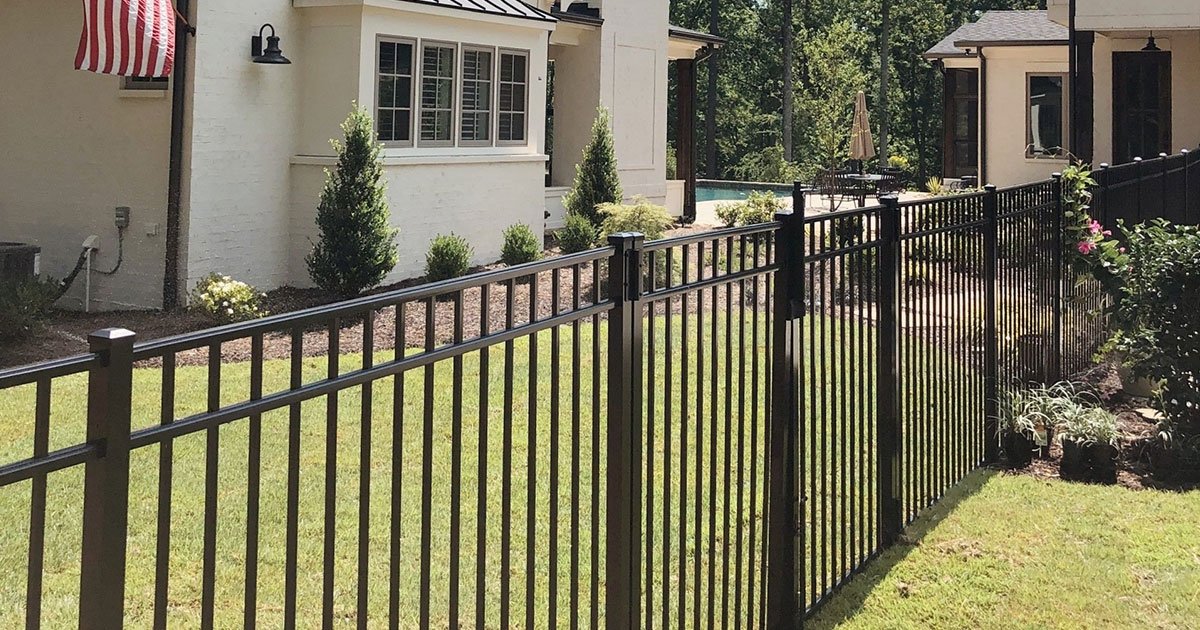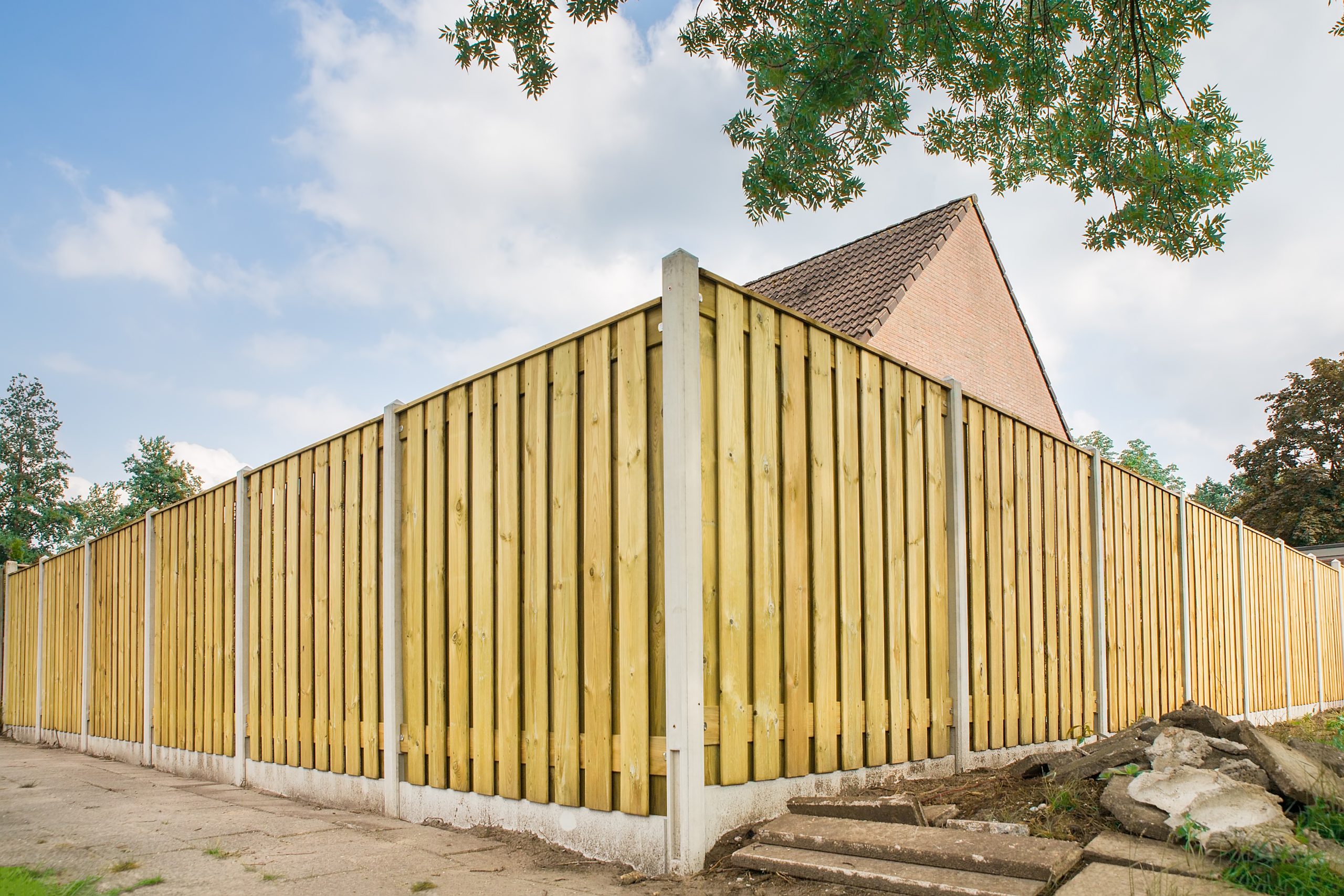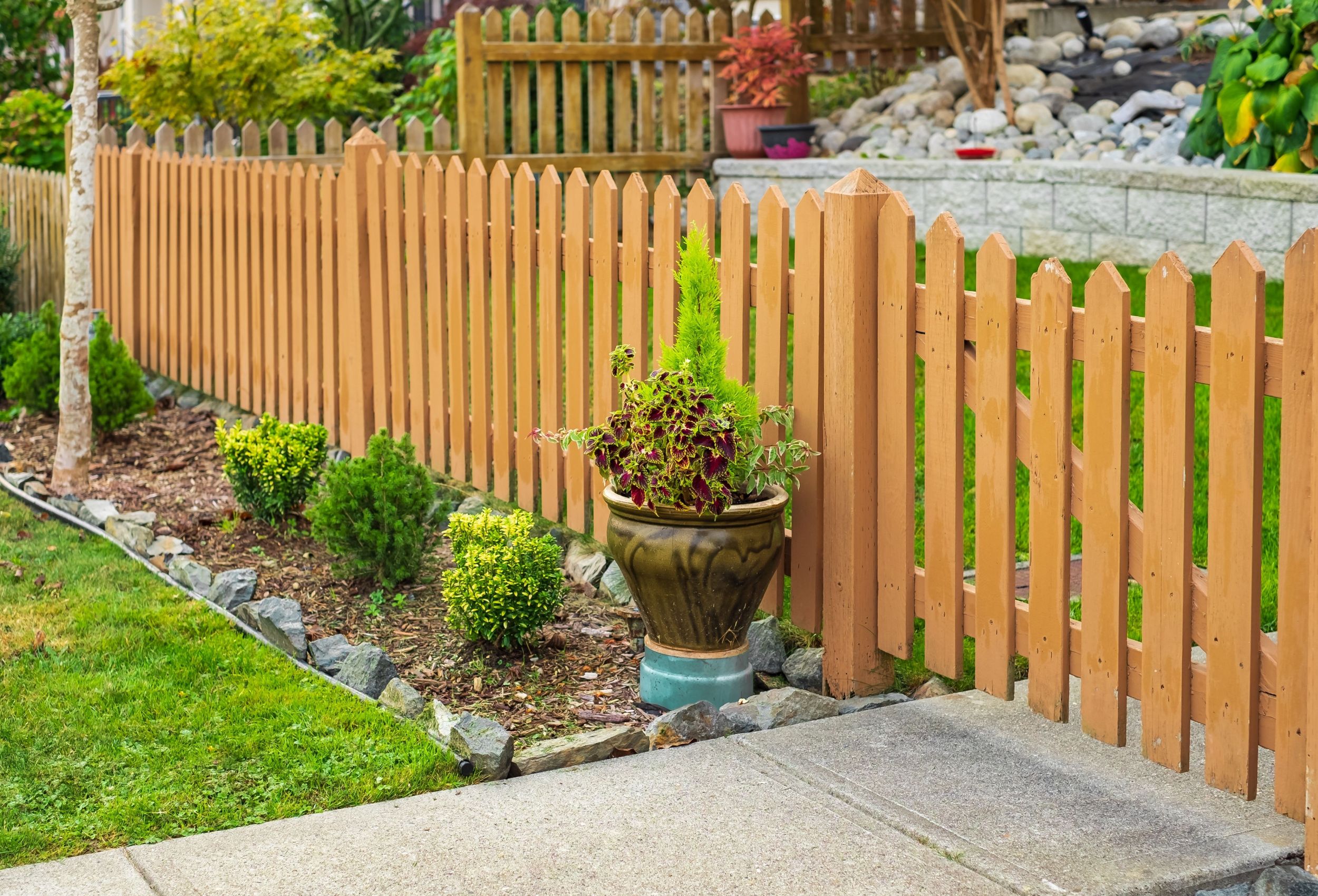All Categories
Featured

As sustainability becomes a growing priority for businesses and homeowners, the demand for green structure products extends to exterior rooms, consisting of fences. Typical fencing products such as wood, steel, and vinyl can have substantial environmental effects, from deforestation to chemical treatments and plastic waste.
- Bamboo Fencing. Bamboo is just one of one of the most sustainable materials on the market, and it is significantly made use of in fence building and construction due to its quick development and toughness. Unlike hardwood trees, bamboo is a turf that can grow back fully within simply a few years, making it extremely renewable. It's normally resistant to pests and rot, which suggests it does not require extreme chemicals or therapies, making it a green choice.

Conveniences: Bamboo fencings are sturdy, low-maintenance, and eco-friendly. They are naturally immune to termites and moisture, lowering the requirement for chemical preservatives. Furthermore, bamboo aids lower dirt erosion because of its deep origin systems. Factors to consider: Bamboo can be a lot more pricey than some typical wood fencing options, and it may not appropriate for areas with extreme chilly or freezing temperature levels, as it can come to be breakable in time. 2. Recycled Products Secure Fencing. Fence made from recycled products is a superb means to promote sustainability. Lots of suppliers currently provide fences made from post-consumer plastic, recycled wood, or perhaps repurposed metal. By picking fence made from recycled materials, you reduce the need for brand-new sources and aid avoid waste from winding up in land fills. Numerous composite materials, for instance, are made from recycled plastic bottles, timber scraps, and various other materials that would or else be discarded.
Perks: Recycled product fencings aid preserve all-natural resources, decrease air pollution, and reduced the environmental impact of the manufacturing process. They can additionally use impressive longevity, standing up to decay, mold, and termites. Factors to consider: While recycled material fences are highly long lasting and environment-friendly, they may not have the exact same all-natural aesthetic that some property owners look for. Nevertheless, makers now provide styles that imitate the appearance of timber or stone. 3. Composite Fencing. Compound fence is made from a blend of timber fibers and plastic, often including recycled products. This combination produces an extremely resilient, low-maintenance fence that does not require regular painting or discoloration, making it a sustainable choice. Composite fences are immune to rot, pests, and weathering, which indicates they can last for many years without the demand for frequent replacements.

Perks: Composite fences are durable and can stand up to extreme weather, minimizing the requirement for replacements or repair work. Because composite materials typically consist of recycled material, they help lower plastic waste. Additionally, they do not require dangerous chemicals or treatments. Considerations: Composite fencings can have a greater in advance expense than typical timber or vinyl, though their longevity and decreased maintenance costs usually make them a more affordable option in the long run. 4. Living Fences. Living fencings, also called hedgerows, are an eco-friendly and aesthetically pleasing option that includes planting thick bushes, trees, or climbing plants along your residential property line to develop a natural barrier. Popular plants for living fences include boxwood, privet, and holly. These plants can be grown to give personal privacy, windbreaks, and noise reduction while adding to ecological health and wellness.
Perks: Living fences promote biodiversity, improve air quality, and take in carbon dioxide, making them one of one of the most environmentally friendly fencing options. They likewise supply an all-natural habitat for insects and birds and can minimize noise contamination and help regulate temperatures in your backyard. Considerations: Living fences call for normal maintenance, such as cutting, watering, and often pest control. They additionally take time to establish and may not supply instant personal privacy compared to strong wood or plastic fencings. 5. Cedar and Redwood Fencing. Cedar and redwood are popular all-natural wood choices for fencings. These products are resilient and naturally immune to rot, parasites, and moisture, which indicates they usually do not call for making use of dangerous chemical treatments. When sourced from sustainably managed woodlands, cedar and redwood fencings can be an eco pleasant choice that provides both beauty and long life.
Benefits: These woods are eco-friendly, renewable, and offer excellent sturdiness and natural appeal. Cedar and redwood additionally have a lower ecological influence when collected responsibly, making them an eco-friendly choice for many property owners. Considerations: While cedar and redwood fencings have ecological advantages, they do still require occasional maintenance and are much more pricey than other wood alternatives. It is necessary to make certain that the timber is sourced from sustainable forests to maximize its ecological benefits. 6. Rock and Brick Secure Fencing (Reclaimed) Stone and brick fences are exceptionally durable and low-maintenance, and they can be eco-friendly when made from recovered products. Redeemed stone and brick are frequently salvaged from old buildings or building and construction jobs, reducing waste and saving natural deposits. These products provide an ageless appearance and are highly resistant to weathering, making them a lasting option for secure fencing.
Conveniences: Redeemed stone and brick are resilient, visually pleasing, and call for very little maintenance. By repurposing these products, you assist lower the need for brand-new resources and lower waste in land fills. Factors to consider: The installation of rock and block fences can be labor-intensive and much more expensive compared to various other materials, however their long life and low upkeep demands can make them cost-effective in the future. Conclusion. Green fence alternatives are not only good for the environment yet likewise supply toughness, reduced maintenance, and visual allure. Whether you opt for bamboo, recycled products, composite fence, living fencings, or lasting wood like cedar and redwood, there are many means to minimize your environmental footprint while boosting your home's appearance. By picking these eco-conscious materials, you can add to a much healthier world and develop an outside space that shows your values.
Latest Posts
Budget Friendly High-end: Discover the Perks of Laminate Flooring
Published Apr 20, 25
1 min read
Experience the Beauty of Hardwood Floor Covering with Carpet Interiors Floor & Home
Published Apr 20, 25
1 min read
Contact Us: Speak with Us for Reliable Auto Solutions & Repairs in Montclare
Published Apr 20, 25
2 min read
More
Latest Posts
Budget Friendly High-end: Discover the Perks of Laminate Flooring
Published Apr 20, 25
1 min read
Experience the Beauty of Hardwood Floor Covering with Carpet Interiors Floor & Home
Published Apr 20, 25
1 min read
Contact Us: Speak with Us for Reliable Auto Solutions & Repairs in Montclare
Published Apr 20, 25
2 min read